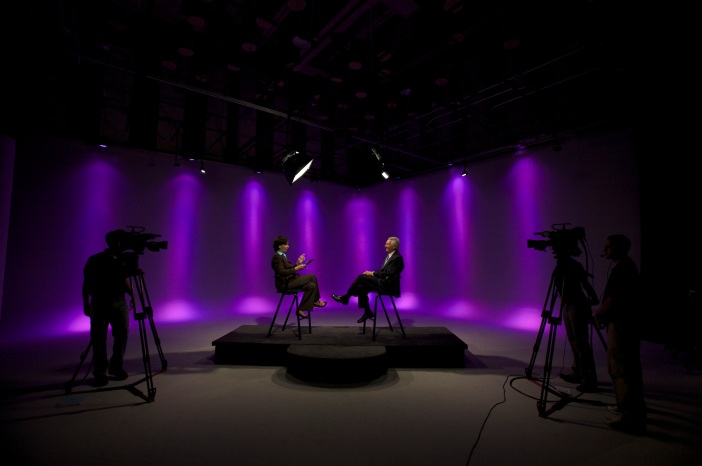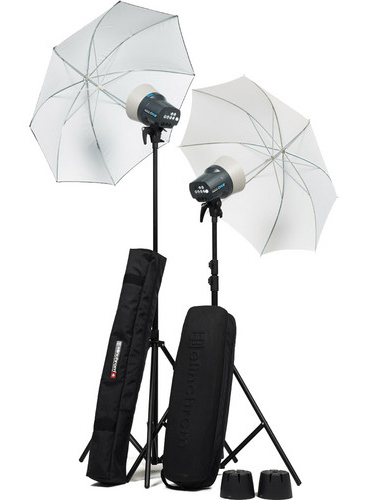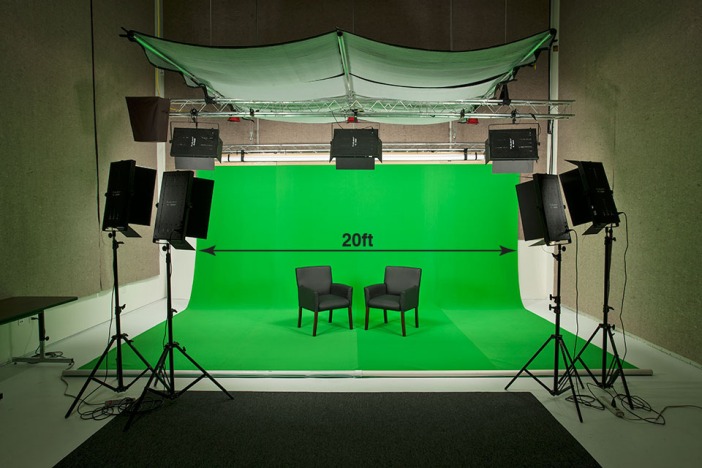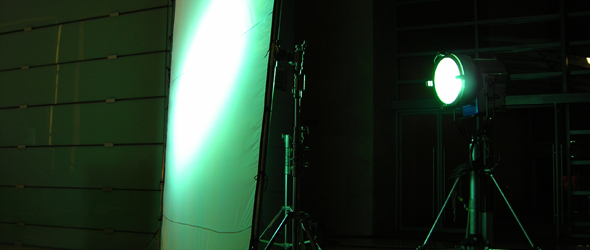Light is the raw product of a professional photographer. High as the painter works with paint as well as the artist works with rock, the professional photographer deals with light. This analogy is not precise nonetheless, due to the fact that as the painter as well as sculptor deal with real material compounds, the photographer works with a form of power. Comprehending the behavior of this type of energy that we call light, is foundational to your success as a picture photographer. A painter could not have to understand the chemical and also physical residential properties of each component of her paints, however she has to completely recognize ways to mix the various colors, and just how the paints act as she uses them to the canvas. Equally as a painter or sculptor must obtain masterful understanding into the behavior of the raw materials of their fine arts, so have to the picture digital photographer get an eager understanding of the habits of light.

The very first prerequisite for digital photography is light being sent out from a source. Just think of it, without light photography is difficult. Light may be released from an organic source, such as the sun, or from a fabricated resource, such as strobes or constant source of lights. In 1931, the strobe was created for use in still photography by Harold Edgerton , an electrical developer from MIT. Today, the strobe is by far the most pre-owned light source in the portrait studio. Benefits of strobe lights for picture studio photography consist of: sensibly precise control of light strength and also light shade temperature, reduced heat generation as compared to a consistent light source, and reduced power consumption for the quantity of light result.
One of the most important property of light to the portrait professional photographer is the light’s intensity or illumination. There are numerous methods of managing the strength of light striking the subject. In the studio, the electrical power supply of contemporary strobes could be adjusted. The strobes might be placed farther away from the topic. Outdoors, you could make use of cloud cover or the overhang of a tree or building, or perhaps the moment of day, to manage the strength of the event light on the topic. These methods work for managing the standard (total) light strength of the make-up. Lots of devices have actually been established to manage the relative strengths of light (specular highlights) of certain areas within a structure. Tools such as scrims, gobos, snoots, grid spots, and also barn doors, are frequently used to partly block, direct, or otherwise manage the loved one light strengths within a composition.

Another home of light of terrific relevance to the picture photographer is the light’s shade temperature level. Pure white light is the result of a similarly well balanced blend of the 3 primary colors: red, green, as well as blue. In various lights problems (e.g. cloudy versus complete sunlight), the proportions of the color combination could vary. Normally, the human brain automatically makes up for this, as well as you do not notice the difference as you leave one lights condition and also enter an additional. Movie can not make this exact same automatic settlement. For that reason, distinctions in color temperature like green screen photography need to be manually adjusted for by the photographer. Shade temperature of various light problems is commonly specified in levels Kelvin. There are three common color temperature level ranked films frequently made use of by professional photographers. “Daytime” movie is designed to be revealed by 5500K light, and “indoor” movie is developed to be revealed by 3400K light, or 3200K light for professional “indoor” film. For a greater level of control over the white balance when making use of film, shade adjustment filters are used. Many if not all digital SLR cams have a white equilibrium modification to electronically make up for transforming color temperature levels experienced in numerous light conditions. In digital photography, when shooting in RAW layout, the shade temperature level can effortlessly be fixed in Photoshop.
A third home of lighting kits that is crucial to the picture photographer is contrast. A light has high contrast if its rays all strike the subject at around the very same angle. A light that is diffuse has reduced contrast, since its rays strike the subject from various angles. High contrast light sources create shadows with a tough edge, while reduced contrast source of lights produce shadows with a soft side. This is because with a high comparison light, where the rays all come close to the subject from approximately the exact same angle, no light gets in the edge of the shadow and also the shadow’s edge continues to be distinct. A source of light’s family member contrast is normally figured out by the dimension of the source of light and its range from the topic. The sunlight on a clear day is fairly small in our sky, as well as a result it is a high comparison source of light producing hard bordered shadows. On a gloomy day, the light from the very same sunlight is expanded as well as diffuse. Successfully the entire sky ends up being a reduced comparison light, creating very soft bordered shadows. In the studio, we have many light modifiers readily available to us, to regulate the reliable size of the light and also thus control the degree of comparison. For any kind of offered dimension of a source of light, as it is located farther and also farther away from the topic we see that it effectively lessens as well as smaller sized, generating greater as well as higher levels of contrast, albeit reduced as well as lower strength.





